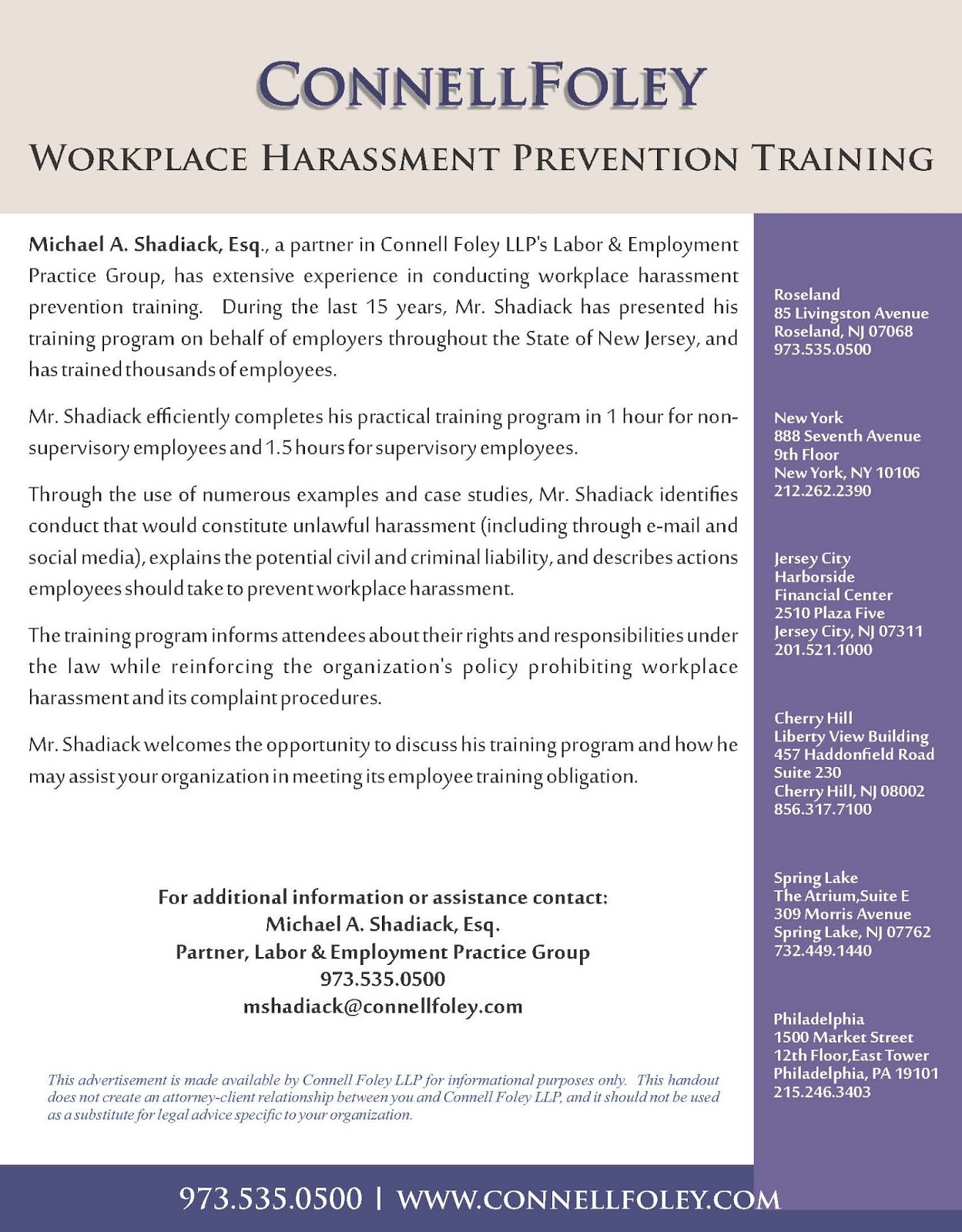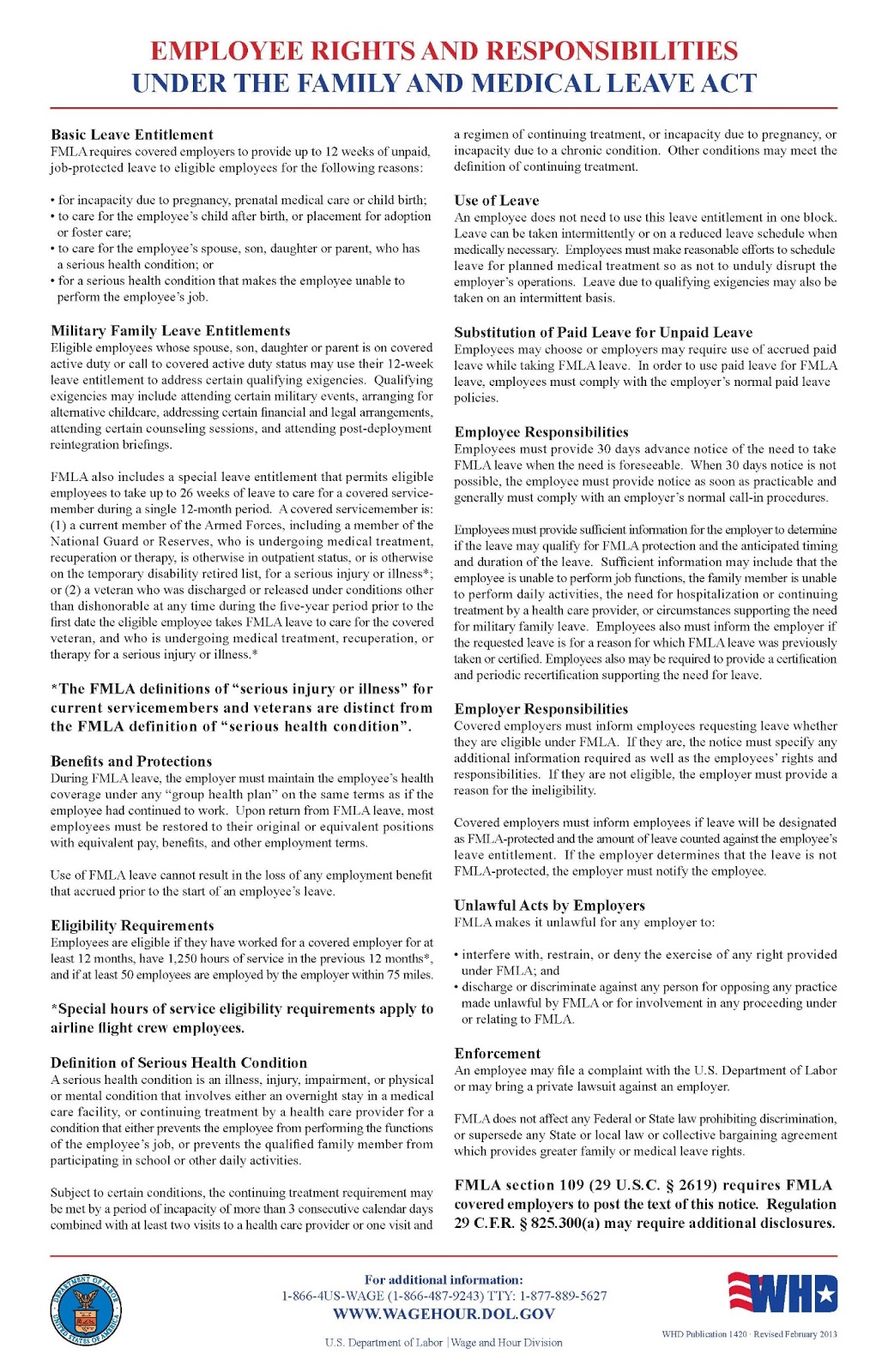On June
11, 2013, the viability of unpaid internship programs at for-profit
corporations was dealt a resounding blow when the Honorable William H. Pauley
III, U.S.D.J. of the Southern District of New York granted plaintiffs-former
unpaid interns summary judgment on the issue of whether they were “employees”
for Fair Labor Standards Act (“FLSA”) and New York Labor Law purposes.
In Glatt
v. Fox Searchlight Pictures, Inc., No. 11-civ-6784, Plaintiffs Eric Glatt
and Alexander Footman argued that their position as unpaid interns on the
production and/or post-production of the Black Swan film should have been
classified as employees covered by the FLSA and NYLL. Further, Plaintiffs Glatt and Footman claimed
that these positions did not qualify for the trainee exception to the FLSA
established in Walling v. Portland Terminal Co., 330 U.S. 148
(1947).
In
resolving the issue, the Court was guided by the six criteria set forth in the
Department of Labor’s 2010 Fact Sheet #71.
In so doing, the Court rejected the application of the “primary benefits
test” used by some Circuit Courts as urged by Defendants, finding that that
test was unsupported by Walling, subjective and unpredictable. On the other hand, the Court found that Walling
supported the DOL factors and held that “[b]ecause they were promulgated by the
agency charged with administering the FLSA and are a reasonable application of
it, they are entitled to deference.”
The
following are the six criteria established by the DOL for determining whether a
for-profit corporation’s unpaid internship is exempt from the FLSA:
1. The internship, even though it includes
actual operation of the facilities of the employer, is similar to training
which would be given in an educational environment;
2. The internship experience is for the
benefit of the intern;
3. The intern does not displace regular
employees, but works under close supervision of existing staff;
4. The employer that provides the
training derives no immediate advantage from the activities of the intern; and
on occasion its operations may actually be impeded;
5. The intern is not necessarily entitled
to a job at the conclusion of the internship; and
6. The employer and the intern understand
that the intern is not entitled to wages for the time spent in the internship.
In
analyzing these factors, the Court first held that the unpaid internship
program at issue lacked the educational component because the unpaid interns
merely learned the function of a production office, which was accomplished
simply by being present, and therefore was no different than the experience of
his paid co-workers. Second, the Court
held that the benefits of a resume listing, job reference and knowledge of the
function of a production office were incidental and again these same benefits
were received by paid co-workers. Third,
the Court held that the tasks performed by the unpaid interns were routine in
nature and would have been performed by paid employees had the unpaid interns
not been present. Fourth, the Court held
that the defendants obtained immediate advantages from the unpaid interns work
because the unpaid interns performed work that would have otherwise been
performed by paid employees as the work, while menial, was essential. Fifth, the Court held that there was no evidence
that the unpaid interns either thought they were entitled or were actually
entitled to a job at the conclusion of the internship. Sixth, although the unpaid interns understood
they would not receive compensation for the internships, the Court held that
“the FLSA does not allow employees to waive their entitlement to wages” and
therefore held that this factor was not significant.
Based on
the totality of the circumstances, the Court held that Plaintiffs Glatt and
Footman were employees for FLSA purposes and had therefore been improperly
classified as unpaid interns.
This holding has the potential
for huge ramifications for companies who have unpaid internship programs. If the Wage and Hour Division of the U.S.
Department of Labor seeks to enforce minimum wage or overtime pay requirements,
a company may face civil money penalties, criminal prosecution/penalties,
fines, injunctions, and damages (including back wages and liquidated damages in
an amount equal to back wages). If
instead the unpaid intern files a private cause of action, a company may face
damages (including back wages, liquidated damages in an amount equal to back
wages, attorney’s fees and court costs).
Even more concerning is the potential for an FLSA class action. In fact, the law firm that represents the
plaintiffs in the Glatt case is actively soliciting unpaid interns. Given the recent success, it is likely that
there will be more unpaid interns interested in a potential pay day.
Therefore, now is the time to
re-evaluate unpaid internship programs to make sure that they are in compliance
with the 6 factor test. Otherwise, an
unpaid internship program may prove very costly for the company.



_Page_1.jpg)
_Page_2.jpg)